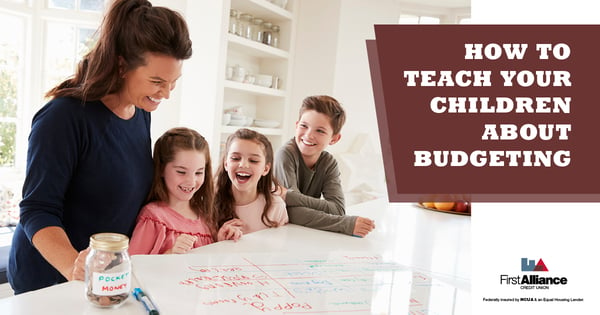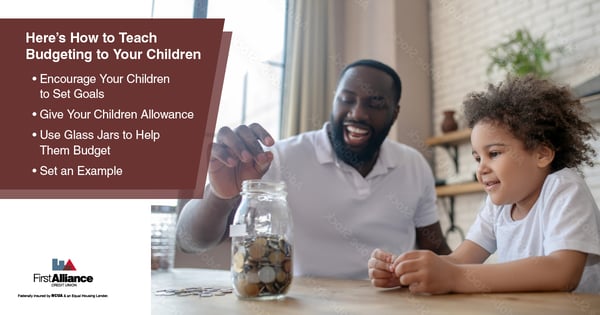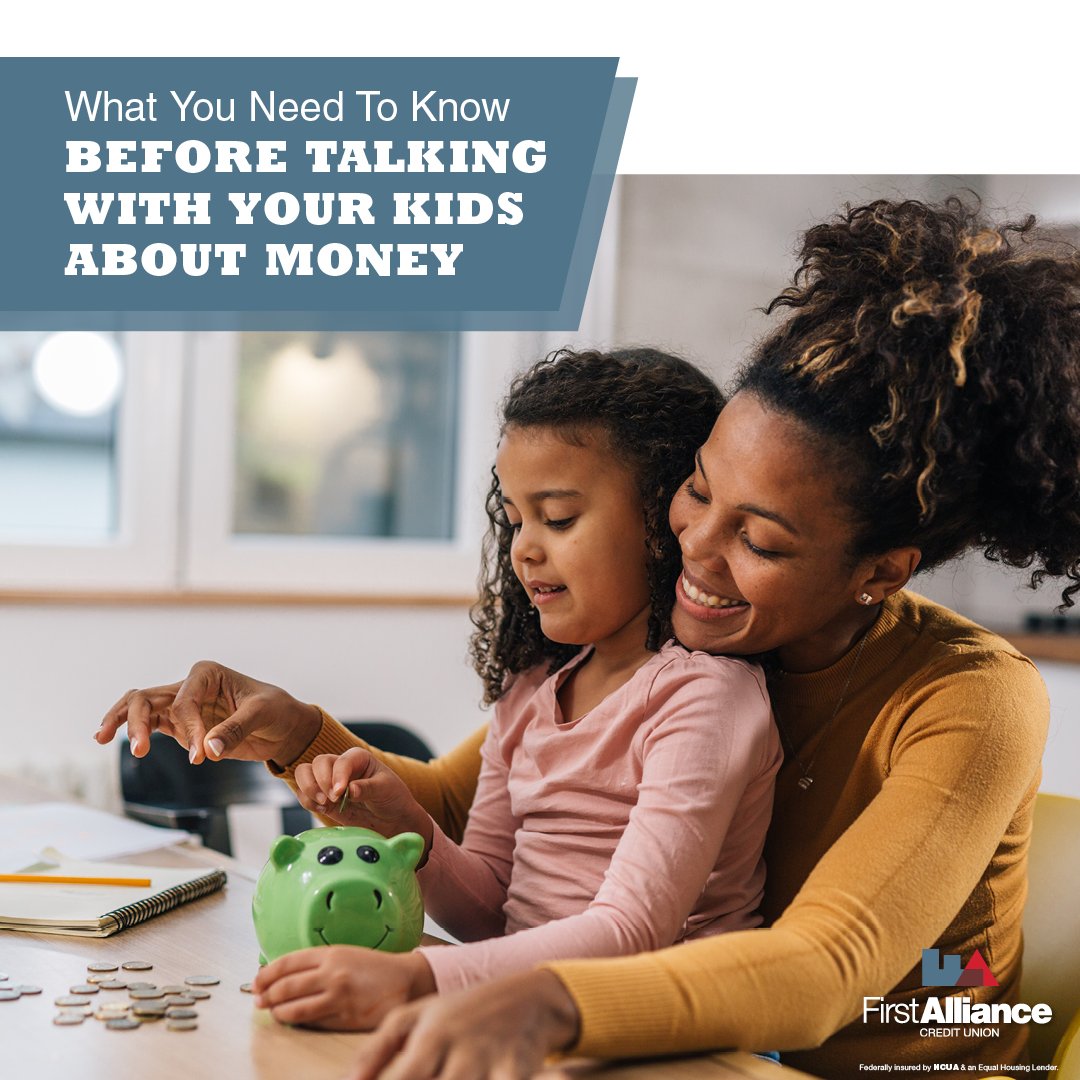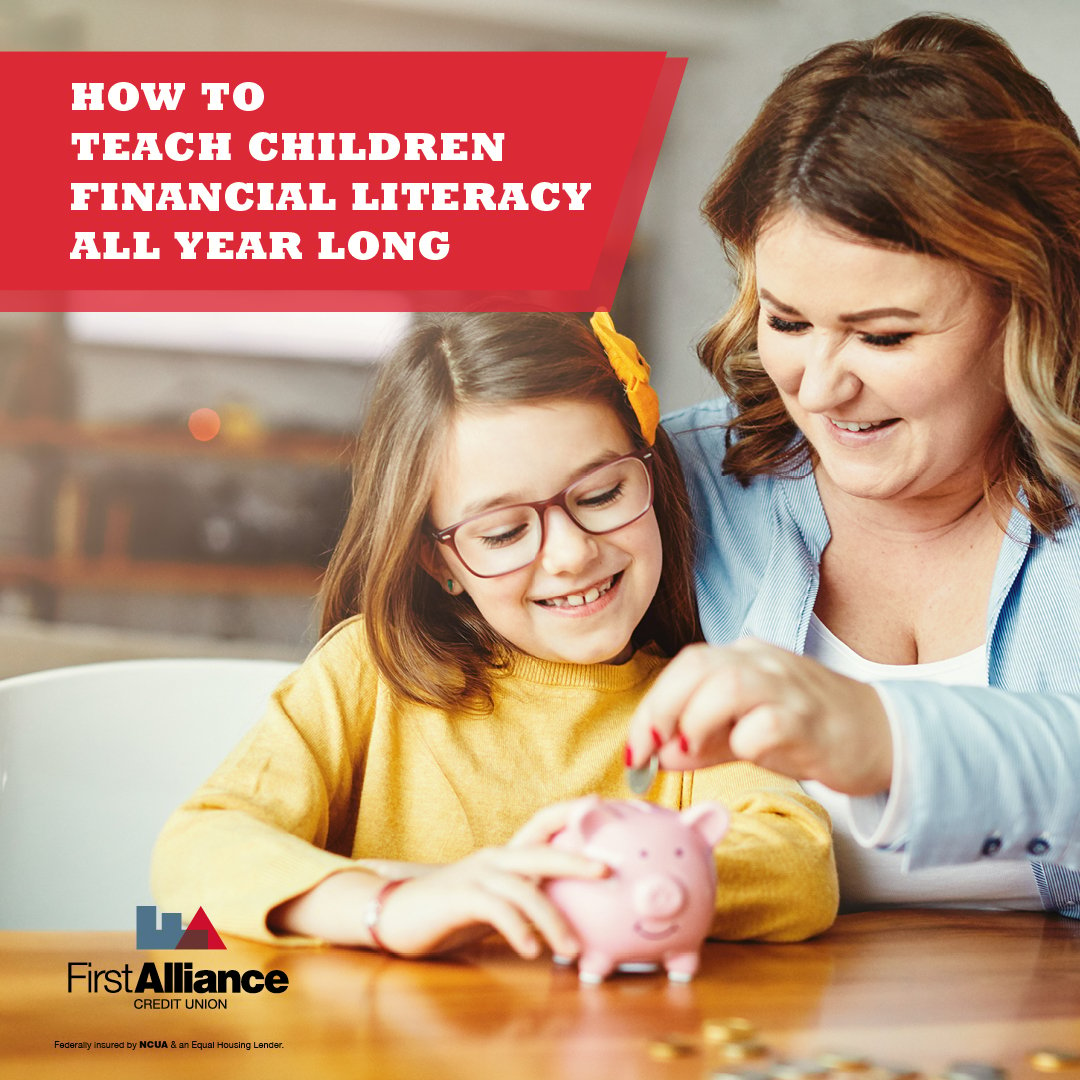What you Need to Know Before Talking with Your Kids About Money
Talking to kids about money can be a daunting task for many parents, but it’s an essential part of teaching your children financial literacy. When...
.jpg)
When most parents start teaching children about money, they usually give their children an allowance and help them get their own bank account. What most parents overlook, though, is teaching children how to budget their money.
That's understandable, especially since only 32% of all adults actually have a budget in the first place. However, learning to budget your money is an important part of financial success. In your life, you'll rarely have to decide whether to save all your money or spend it--instead, you usually have to decide how to allocate your money among all the necessities and wants in your life.
Admittedly, teaching children to budget isn't easy. It requires patience and planning, two things which children are not known for. However, you can take small, simple steps to help your child learn the value of budgeting.

The first thing you should do to get your child interested in budgeting is talk with them about their financial goals. Sit down with them and ask them what they would like to buy.
After your child has listed the things they want to buy, go through their list and discuss some of the items with them. Are most of those items short-term items or long-term items? Which item would they like to buy first and which ones do they want to wait on?
Talking with children about what they want to buy gives them goals to work for. It also helps them understand that they can buy some things immediately, but they may need to save for others.
Once your child has some financial goals, they'll need a way to achieve them. The best way to do this by giving them an allowance.
If you choose to give your children an allowance, make sure they understand they will only get the money if they do the tasks they're assigned each week. One of the best ways to make this clear is to write up a list letting your child know what each task is worth. You might also want to consider putting up a chart that shows what tasks need to be done each week and encourage your child to check off each task when they've finished it.
After your child has some financial goals in mind and has some money coming in to help achieve those goals, help them set up a small budget. One of the most popular ways to do this is by setting up three glass jars labeled "Save", "Spend", and "Share." It's recommended that you use a glass jar so your child can see their money increasing as they add more into the jar.
When your child gets paid, sit them down and talk about what they want to do with their money. Encourage them to put some of their money into the "Save" jar first, even if they don't have anything expensive they want to buy. Help them understand that the money they save will be able to help them eventually, even if they don't have an immediate savings goal.
Next, encourage your child to put some of their allowance into the "Share" jar. This helps teach children that they are part of a larger community and encourages them to be compassionate toward others. Help your child figure out which charities they would like to donate their funds to, then schedule a day where they can give the charity the money they have saved.
The final glass jar marked "Spend" is where the rest of your child's allowance goes, and your child can spend that money on whatever they want. If your child has a long-term goal, let them know that the more of their allowance they put in the "Save" jar, the faster they'll be able to reach their goal.
If your children see you budgeting, they'll be more likely to follow your example. For instance, you can ask them to help you make a grocery list. Show them the grocery store flyers and ask them to help you figure out how you can get the best value for your money.
You can also show your children how you plan and save for financial goals. Show them how you regularly put money in your savings account and even how you
When you help your child understand budgeting, you're helping them to understand a key point of financial literacy. Even better, you're helping them understand how to effectively allocate the money they make to achieve their goals.
Once your child has almost filled their glass "Savings" jar, help them take the next step in their path to financial literacy and help them get their own account at First Alliance Credit Union. They can deposit their savings in a Youth or Teen savings account, or even get their own Certificate of Deposit (CD) to earn more interest on their money.

Talking to kids about money can be a daunting task for many parents, but it’s an essential part of teaching your children financial literacy. When...

Finances for children? YES! Teaching your kids about money is an important part of parenting. Often times people graduate from high school, and even...

April is Youth Financial Literacy month, and as part of this several credit unions, including First Alliance, are putting on programs to help...